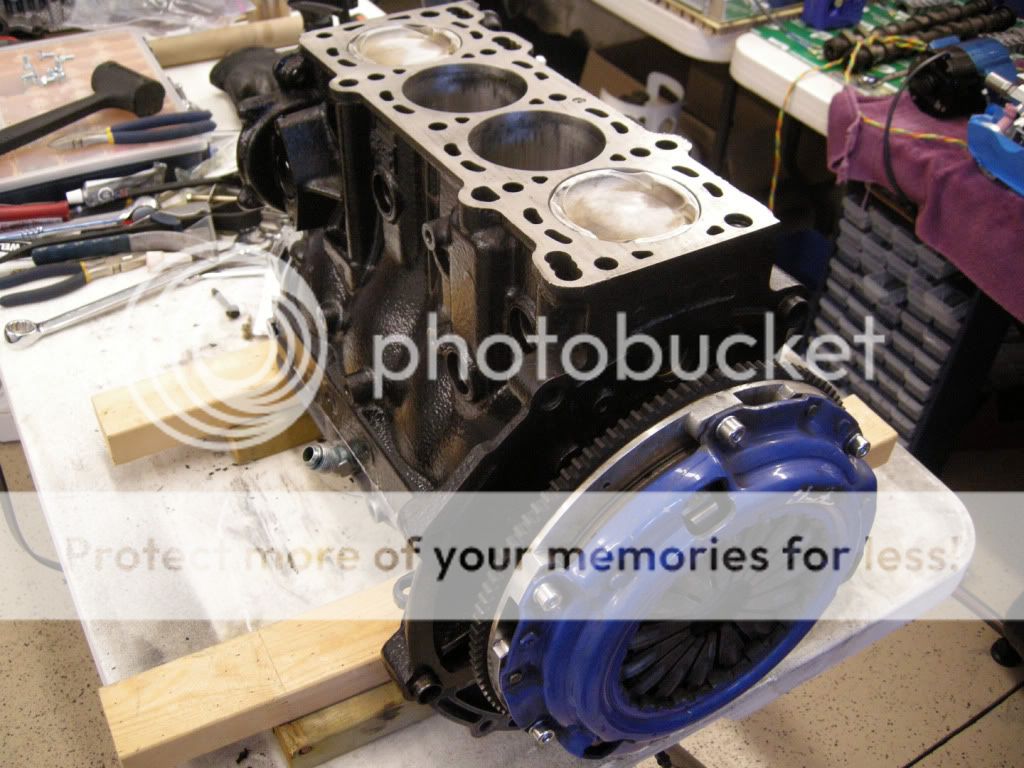whatusername
Member
- :
- 02 protege5
+1
^I suppose I'm always looking for potential issues or a better way of doing things,... like why not a chain instead of belt,... a chain will stretch till your car doesn't run then you know it's time to replace your chain,... a belt will break to let you know it's time to replace your engine.

I have built 6 forged FS Engines (for myself and others), I can and this forum can assure you that this is non interference. Let the Belt Fly buddy..
The only FS engines that are interference are modified engines with High Lift Cams, or Forged High Compression Pistons (NA), or if the Head was milled beyond it's wear limit (Bringing the valve tolerance down towards the piston)
